Identify wildflowers on the go
Discover wildflowers when you're out and about with your mini pocket guide to the UK's common woodland plants.
Visit our shop
Volunteer content writer
Stinging nettles can be a hazard on summer walks. I remember going on walks with my Dad when I was little and brushing my hands through the plants and getting stung. My dad immediately reached for a dock leaf to rub the stinging area. Then I was up and off on my way! But why do nettles sting? And did the dock leaf really help me?
This is the most common nettle found in Europe and is most likely the species of stinging nettle that comes to mind first.
It can be identified by its green leaves with deeply serrated edges. It is often found as an understory plant in damp environments, but also in meadows, disturbed or enriched ground. The stems and underside of the leaves are covered in hollow hairs which can sting you.
Though we may think of the nettle as a pesky plant, it’s an important food source for wildlife, including:
This nettle is only found in Australia and New Zealand. It’s also referred to as stinging nettle and looks similar to the UK species.
Found in California, this nettle has a similar appearance to the other nettle species, though the tiny hairs on its leaves are hook-shaped.
The nettle’s sting is an adaptation to provide protection from predators. The sting causes any predator that may eat the plant or uproot it to stay clear.
Dock leaves come from the genus Rumex and there are several species. The most common one in the UK is the broadleaved dock. It is characterised by its large oval leaves that have rounded tips. Some of the stems and leaves may have a reddish hue. It can be found in similar places to nettles, like meadows and damp understorey areas.
Dock leaves don’t just relieve stings – they’re also a food plant for the small copper butterfly.
There are a few theories as to why dock leaves appear to help nettle stings. The most plausible are:
Whichever of these is true, if you are stung by a nettle, it’s definitely worth grabbing the nearest dock leaf and giving it a try!
Discover wildflowers when you're out and about with your mini pocket guide to the UK's common woodland plants.
Visit our shop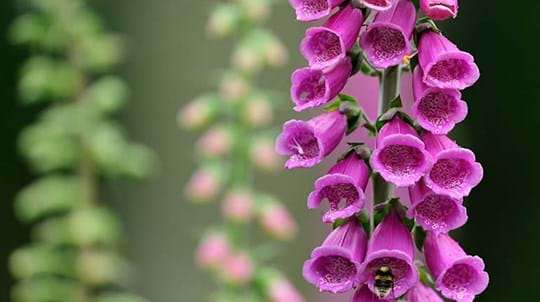
Blog
Helen Keating • 01 Jul 2020
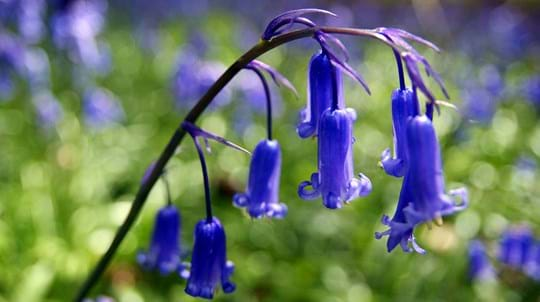
Trees woods and wildlife
From spectacular wildflower carpets to damp-loving ferns and mysterious mosses, find out about woodland plants.

Blog
Charlotte Varela • 13 May 2025
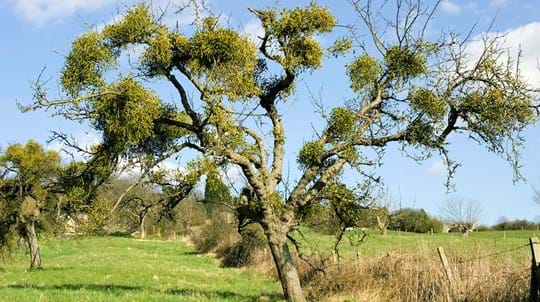
Blog
Hanako Shimada • 23 Dec 2024

Blog
Charlie Mellor • 11 Feb 2021
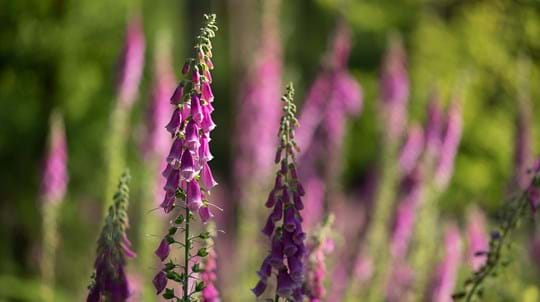
Blog
Charlie Mellor • 07 Mar 2024
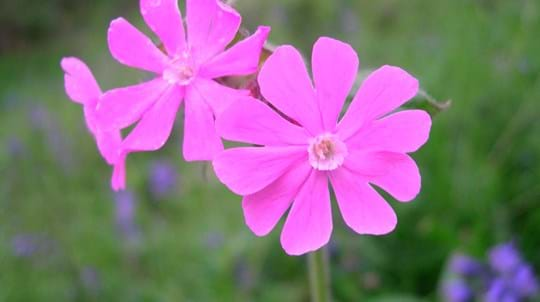
Blog
Helen Keating • 11 Apr 2019
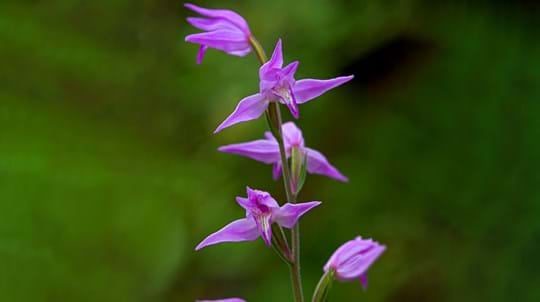
Blog
Laura Cottam • 29 May 2019